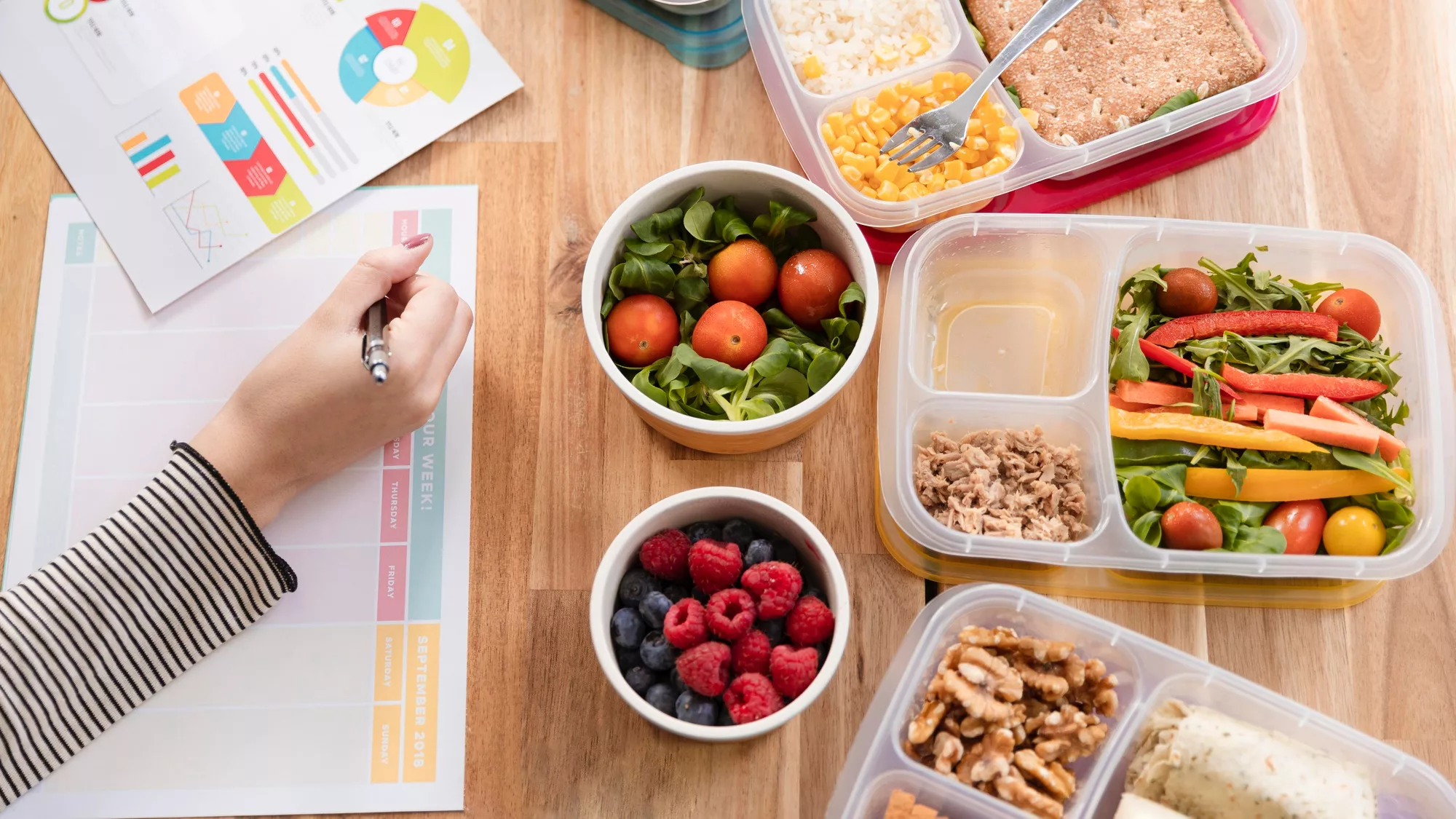
In today’s fast-paced world, where large portions and constant snacking serve as consistent temptations, portion control sometimes takes a back seat in our dietary habits. Yet, it can be a fundamental aspect of maintaining a healthy diet and achieving weight-management goals. Portion control doesn’t mean depriving yourself, though; it’s about enjoying food in moderation and listening to your body’s hunger and fullness cues. In this article, we’ll explore the significance of portion control and provide effective strategies for mindful eating.
Understanding the Importance of Portion Control
Portion control isn’t only about managing your weight; it can have a profound impact on your overall health and well-being. Here are some compelling reasons why portion control matters:
- Calorie Management: Larger portions can lead to excessive calorie intake, which can contribute to weight gain. Watching your portion sizes can help you manage your calorie consumption.
- Balanced Nutrition: Portion control encourages dietary balance by encouraging you to prioritize getting a variety of nutrients from different food groups.
- Blood Sugar Regulation: Managing portion sizes and ratios can help stabilize blood sugar levels, which is particularly important for people with diabetes.
- Digestive Health: Eating appropriate portion sizes supports proper digestion, potentially reducing the risk of discomfort and digestive issues like bloating and indigestion.
- Mindful Eating: Portion control encourages mindful eating, which can help you foster a healthier relationship with food, reduce emotional eating, and enhance your enjoyment of meals.
Strategies for Portion Control and Mindful Eating
Visual cues can be helpful for gauging appropriate portion sizes. Here are a few to keep in mind:
- Deck of Cards: A serving of meat or poultry is roughly the size of a deck of cards.
- Fist: A portion of rice or pasta is about the size of your closed fist.
- Thumb: The recommended serving size for fats or oils, like peanut butter or salad dressing, is about the size of your thumb.
These visual cues can serve as quick references when you’re dishing out your meals. Keep in mind that plate size can also influence how much you eat. Smaller plates and bowls naturally limit portion sizes by creating the perception of a fuller plate. This visual strategy can help prevent overeating.
Food labels also provide valuable information about serving sizes and nutritional content. Pay attention to serving size details to ensure you’re consuming the recommended portion. Be mindful that some packaged items may have multiple servings per container, and check the total servings per package, too. When it comes to snacks like nuts or chips, it’s easy to consume more than you intended without really thinking about it. Instead, portion them out into small bags or containers in advance. This not only helps with portion control but also makes it easier to grab a snack on the go.
Portion control plates and utensils are an option designed to help you measure the right amount of food to eat. These tools often come with designated sections for protein, vegetables, and grains, making it easier to create balanced meals. If you don’t want to make this extra purchase, a simple guideline for balanced eating is to fill half your plate with vegetables, a quarter of the plate with lean protein, and the remaining quarter with carbohydrates. This strategy encourages portion control while promoting a balanced diet.
Mindful eating is another strategy that can be helpful. It involves paying full attention to your meals and savoring each bite. Here’s how to incorporate mindfulness into your eating habits:
- Eat Slowly: Chew your food thoroughly and take your time with each bite. Eating slowly allows your body to register when you’re full, preventing overeating.
- Eliminate Distractions: Avoid eating in front of the TV, computer, or phone. Focus solely on your meal to better gauge your body’s hunger and fullness signals.
- Engage Your Senses: Take time to appreciate the colors, textures, and flavors of your food. This can enhance the satisfaction you derive from your meal.
The Psychological Aspect of Portion Control
Portion control isn’t just about the physical act of measuring food; it also involves addressing the psychological aspects of eating. Here are some tips to consider:
- Get Clear On Satisfaction vs. Fullness: Aim for satisfaction rather than the feeling of fullness. You don’t need to clean your plate or eat until you’re stuffed. You can stop eating when you’re content.
- Practice Mindful Awareness: Be aware of your emotional triggers for overeating. Are you eating because you’re stressed, sad, or bored? Learning to recognize and address emotional eating is important for portion control.
- Remember Moderation, Not Deprivation: Portion control doesn’t mean depriving yourself of your favorite foods. It’s about enjoying them in moderation. Allow yourself treats occasionally, but try to keep them within reasonable portions.
The power of portion control lies in its ability to help you maintain a balanced and healthy diet. By incorporating these strategies and practicing mindful eating, you can enjoy your meals without overindulging, support your weight-management goals, and enhance your overall well-being. Remember that portion control is not about restriction but about finding the right balance for your unique dietary needs. Over time, it can become a sustainable and enjoyable aspect of your everyday eating habits.
Resource Links
“The Use of Portion Control Plates to Promote Healthy Eating and Diet-Related Outcomes: A Scoping Review” via Nutrients
“The Importance of Portion Control in Weight Management: American Hospital Association’s Perspective” via AHA Physician Alliance
“Portion Control for Weight Loss” via Mayo Clinic
“Mindful Eating” via the Harvard T.H. Chan School of Public Health
“Controlling Portion Sizes” via the American Cancer Society

